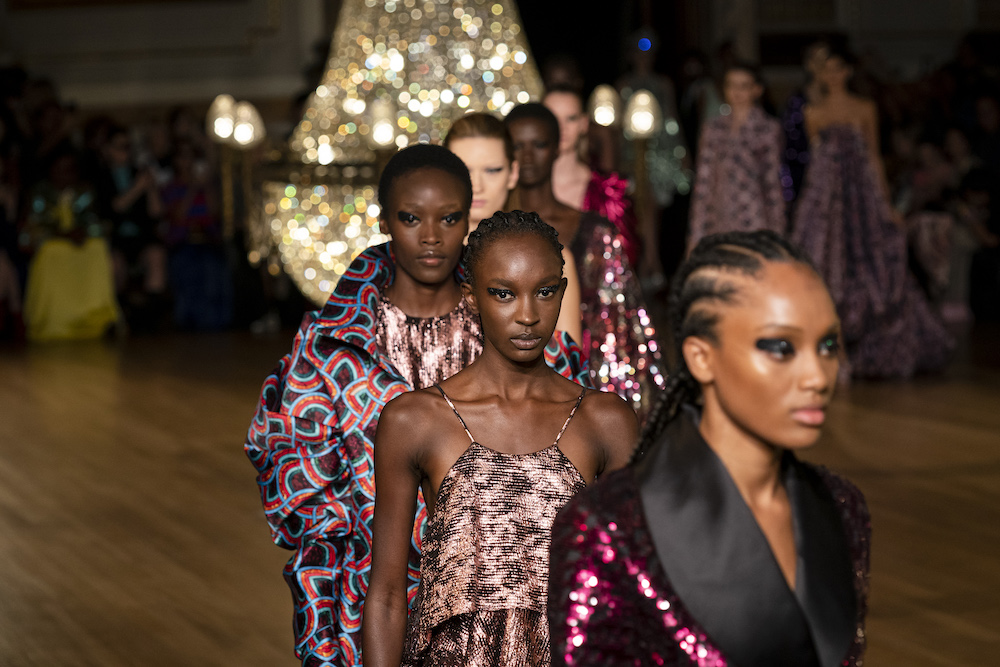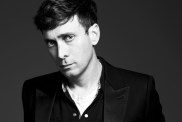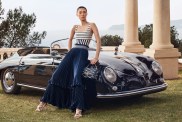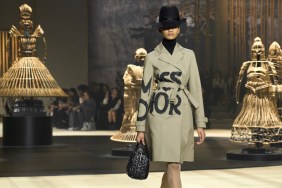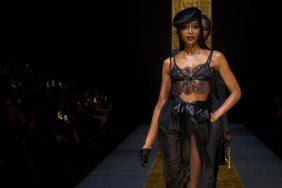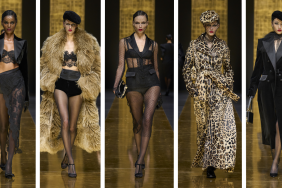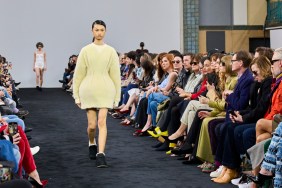Fashion month continues to crawl forward when it comes to diversity. After analyzing shows from New York, London, Milan and Paris, the final tallies prove that Spring 2020 was the most racially diverse season yet. There were even improvements on the plus-size and 50-and-over fronts. But it wasn’t all good news. Transgender/non-binary model castings were noticeably down from last season. Keep reading to see how Fashion Month Spring 2020 stacked up.
RACE
As mentioned above, the Spring 2020 season was the most racially diverse on record. Out of 7,390 model castings at 215 major shows, 41.5 percent were models of color. It’s a small but still positive 2.7 percent increase compared to Fall 2019, when only 38.8 percent of castings went to models of color. It’s worth noting that racial diversity has steadily increased, if only by a point or two, since we began keeping track starting with the Spring 2015 season.
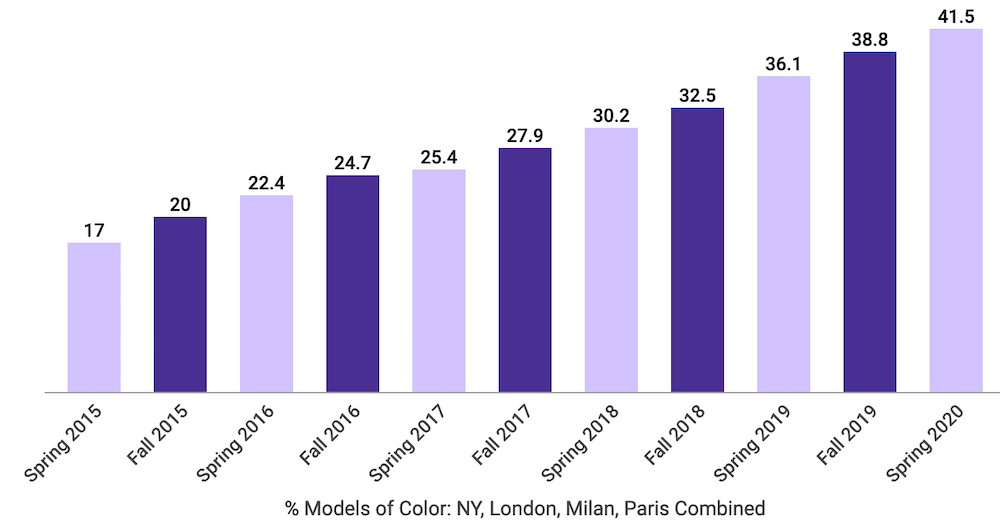
And the racial diversity gains were shared across all four fashion capitals. As per usual, New York had the most diverse model castings with 46.8 percent models of color. London came in second with 41 percent nonwhite models cast. Paris featured 39.9 percent models of color, while Milan was the least diverse with only 36.8 percent nonwhite models. It’s noteworthy that London and Milan had sizable increases compared to Fall 2019. London increased by an impressive 5.3 percent and Milan was up 5 percent compared to Paris’ paltry 0.9 percent and New York’s 1 percent.
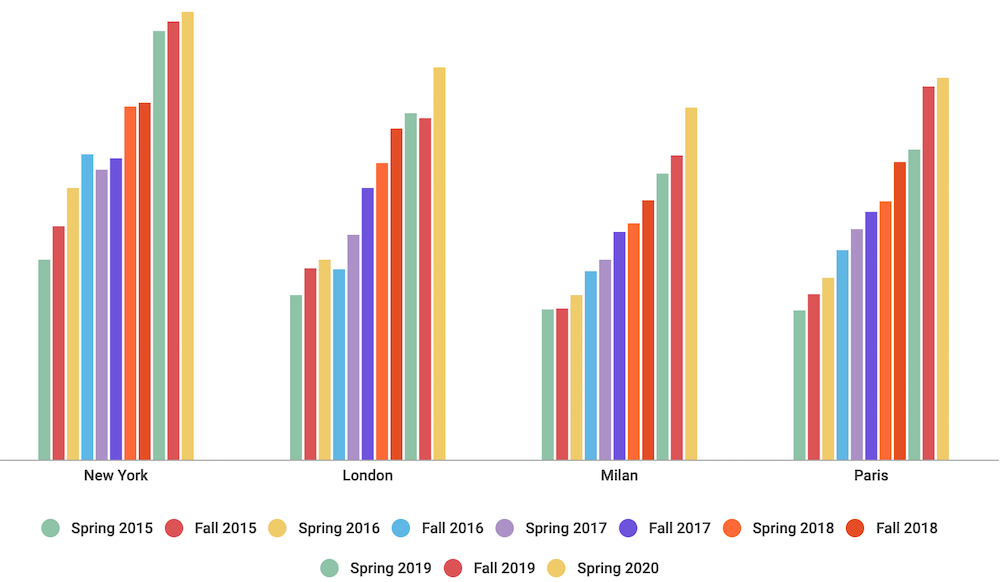
TOP MODELS
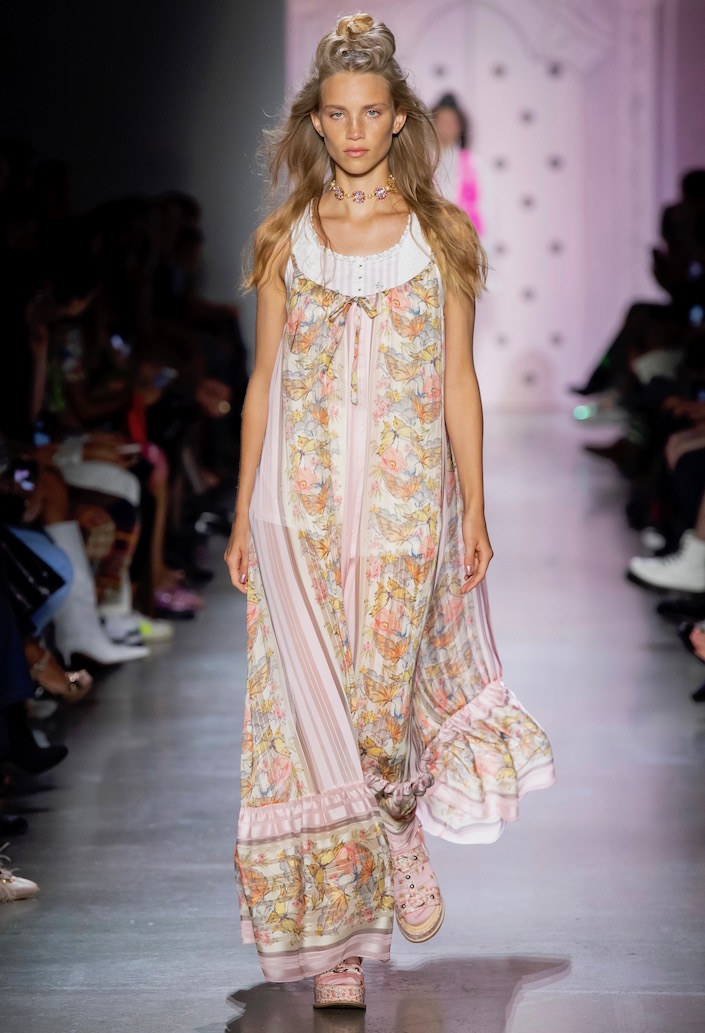
After looking at the Spring 2020 shows in New York, London, Milan and Paris, we’re sad to report that just 3 out of the top 10 models were models of color. American model Rebecca Leigh Longendyke nabbed the top spot with 42 shows. British model Lara Mullen came in second with 39 shows followed by Russian beauty Steinberg with 37 shows. Felice Noordhoff, Hannah Motler and Cyrielle Lalande — all white — walked in 36 shows each. Sora Choi was the highest cast model of color. The South Korean model walked in 33 shows, but had the most castings in Paris (16). Russian model Alina Bolotina tied with Choi by also walking in 33 shows. South Sudanese-Australian model Adut Akech and Chinese model Lina Zhang tied for last place with 32 shows apiece.
Gender, size and age diversity were all totally absent from the top models list, which unfortunately continues the trend from past seasons.
Focusing just on the New York shows, 9 of the 13 models who walked the most shows were white or 69.2 percent. This is pretty disappointing since New York often has much higher nonwhite castings compared to fashion month overall. For reference, in Fall 2019 9 of the 10 most-cast models were models of color.
For Spring 2020, Paris and London were more diverse when it came to top model castings. In Paris, 5 out of the 11 top models were white (45.5 percent) and in London, 4 out of the 12 top model castings were white (33.3 percent). Milan was least diverse with 8 out of 10 models being white (80 percent). But androgynous model Miriam Sanchez was in a nine-way tie for the second-most bookings in the Italian city. We’ll take what we can get.
PLUS-SIZE
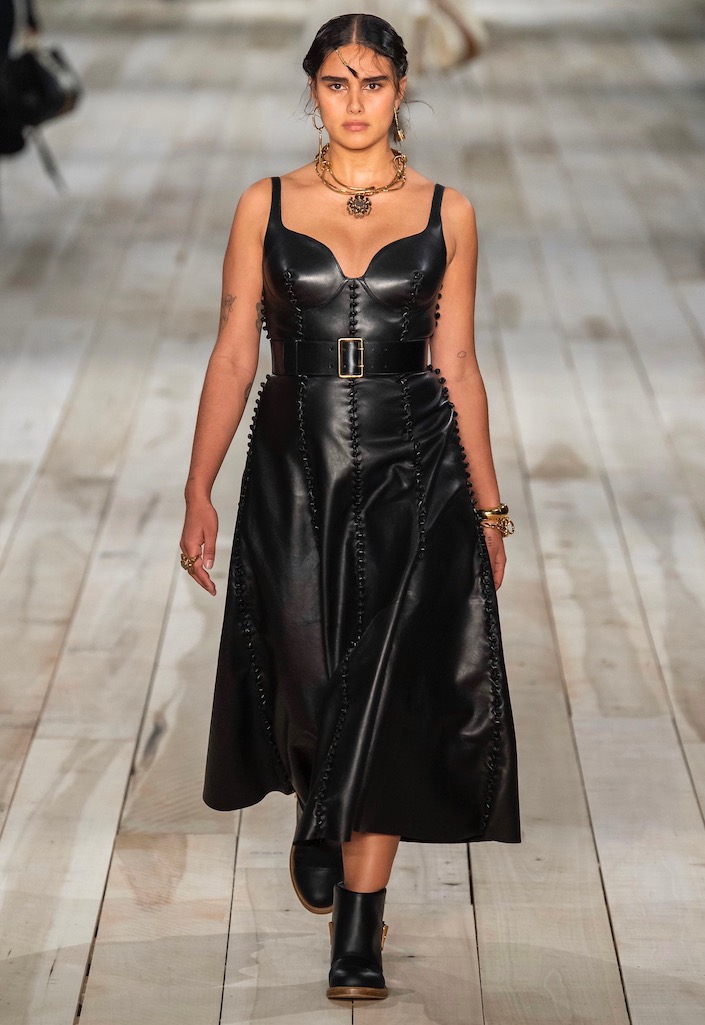
Another positive Spring 2020 highlight is that this season’s plus-size model castings went up dramatically. A total of 86 plus-size models walked the runways with every city having at least two castings. It may not seem all that impressive, but it’s a sizable jump from Fall 2019 when there were only 50.
For Spring 2020, New York led the pack with 68 curve models, followed distantly by Paris with 13. London had three plus-size models, Milan two. New York’s high score can partially be attributed to historically body-positive shows. Chromat was the most size-inclusive with 18 non-straight-size models out of 48 (37.5 percent), followed by Christian Siriano with 11 out of 42 (26.2 percent) and Tommy x Zendaya with 12 out of 55 (21.8 percent). The rest of the plus-size model castings were scattered across multiple shows, including Kate Spade New York (three), Tadashi Shoji (three) and Burnett (three). In London, two out of the three plus-size model appearances were at Simone Rocha. And Marni featured Milan’s two curve castings. The Etam show was the most size-diverse in Paris with eight non-straight-size model castings. Mugler had two, as did Koché.
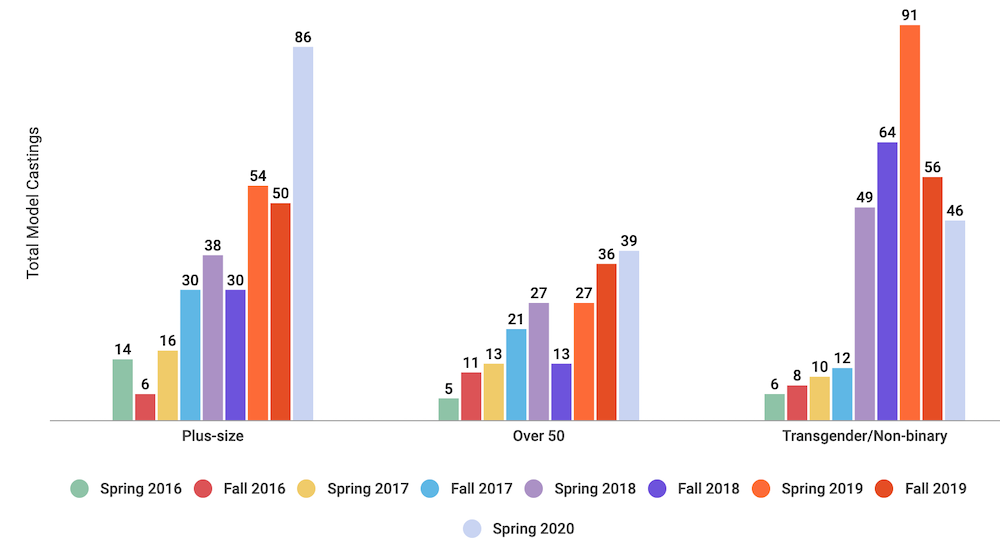
It’s promising to see that there are more plus-size models appearing across numerous shows rather than just a select few walking over and over again. And there was actually racial diversity among the non-straight-size models at the Spring 2020 shows. In New York, 49 out of 68 plus-size model appearances featured nonwhite models (72.1 percent models of color). In Paris, 11 of the 13 plus-size castings were nonwhite (84.6 percent models of color). Dutch-Surinamese-Indonesian-Indian model Jill Kortleve had the most castings overall (seven) and the most in New York (four). Additionally, she was the only plus-size model to walk at Alexander McQueen.
Two aged, plus-size models were featured in New York at Chromat: Emme and Mia Michaels. Black, transgender, plus-size model Jari Jones walked for both Gypsy Sport and Chromat. London, Milan and Paris didn’t feature any transgender or 50-and-over plus-size models.
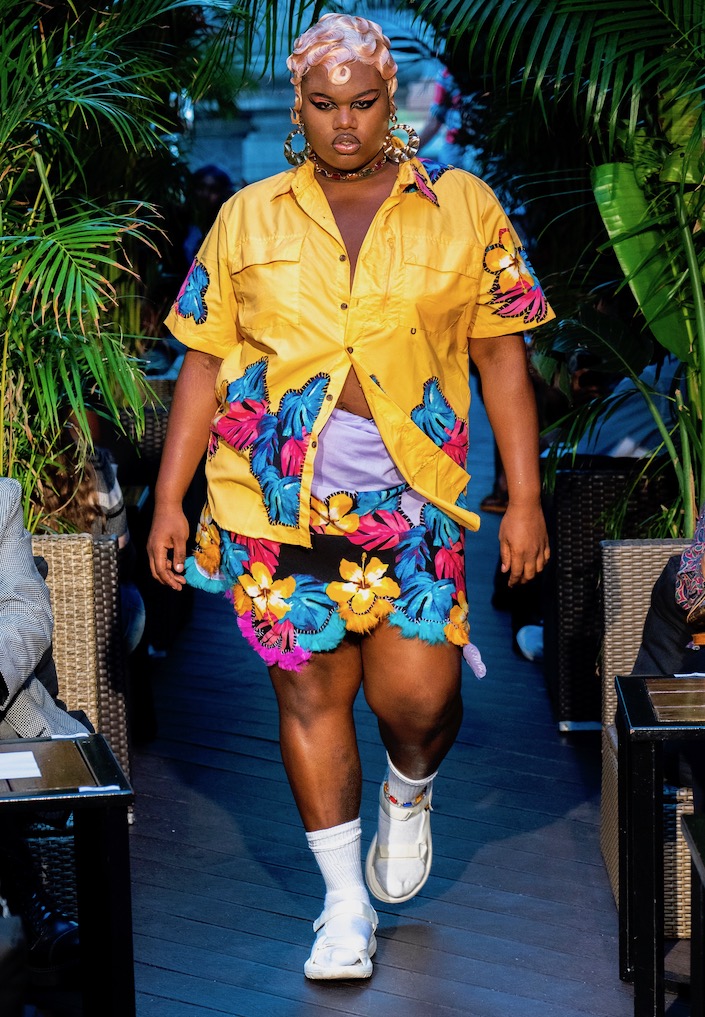
TRANSGENDER/NON-BINARY
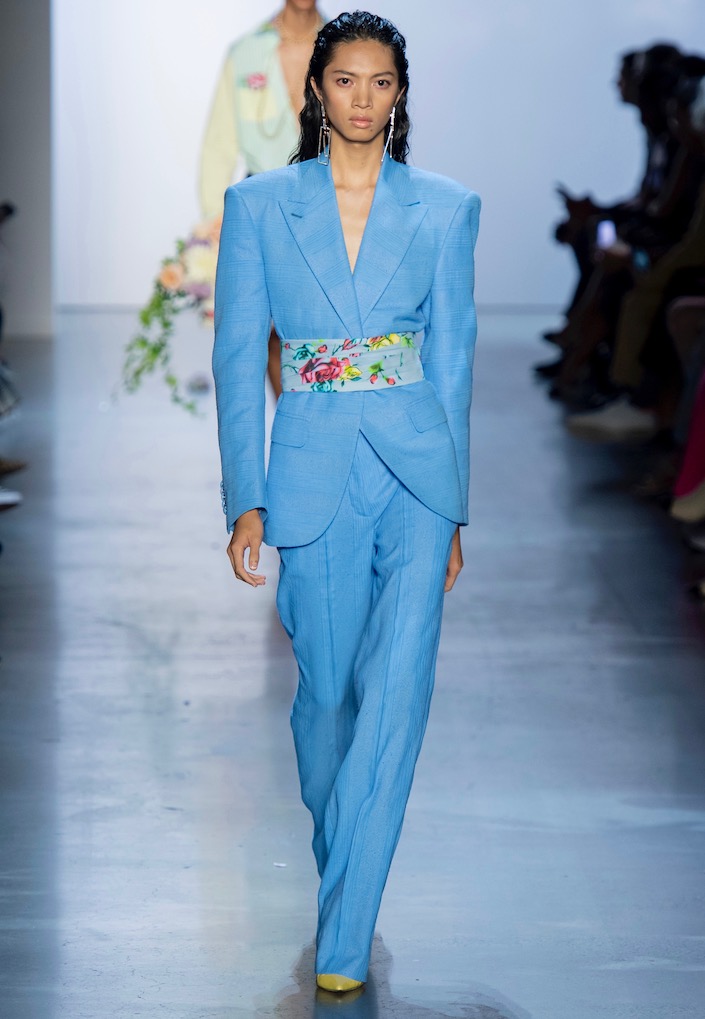
Unfortunately, there was a drop in the total number of transgender and non-binary model castings this season following Spring 2019‘s record high and Fall 2019’s 56. The total number fell to 46 for Spring 2020. In London, there were zero castings of models who openly identify as transgender or non-binary, down from six last season. The numbers dipped in Milan and Paris, too. For Spring 2020, Milan featured just two model castings in this category (compared to eight last season) and Paris had eight, down from 12.
New York was the only fashion capital to increase its transgender/non-binary model offering with 36 castings. (For comparison’s sake, New York Fall 2019 featured 30 castings.) Non-binary model Noah Carlos walked the most shows overall (10) and the most in New York (eight), including Self-Portrait, Prabal Gurung and Marc Jacobs. And Carlos appeared in two shows in Paris. Transgender model Massima Desire walked the second-most shows overall and in New York (four): Dion Lee, Jonathan Simkhai, Lou Dallas and Priscavera. The Gypsy Sport show was by far the most gender-inclusive with 7 out of 17 transgender/non-binary model castings (41.2 percent) plus one drag queen. Chromat came second with 7 out of 48 (14.6 percent).
There were no aged transgender/non-binary models at any Spring 2020 shows, but there was racial diversity. In New York, 22 of the 36 transgender/non-binary model bookings were nonwhite (61.1 percent). But size diversity was another story. As previously mentioned, Jari Jones was the only plus-size and transgender/non-binary model with two appearances in New York.
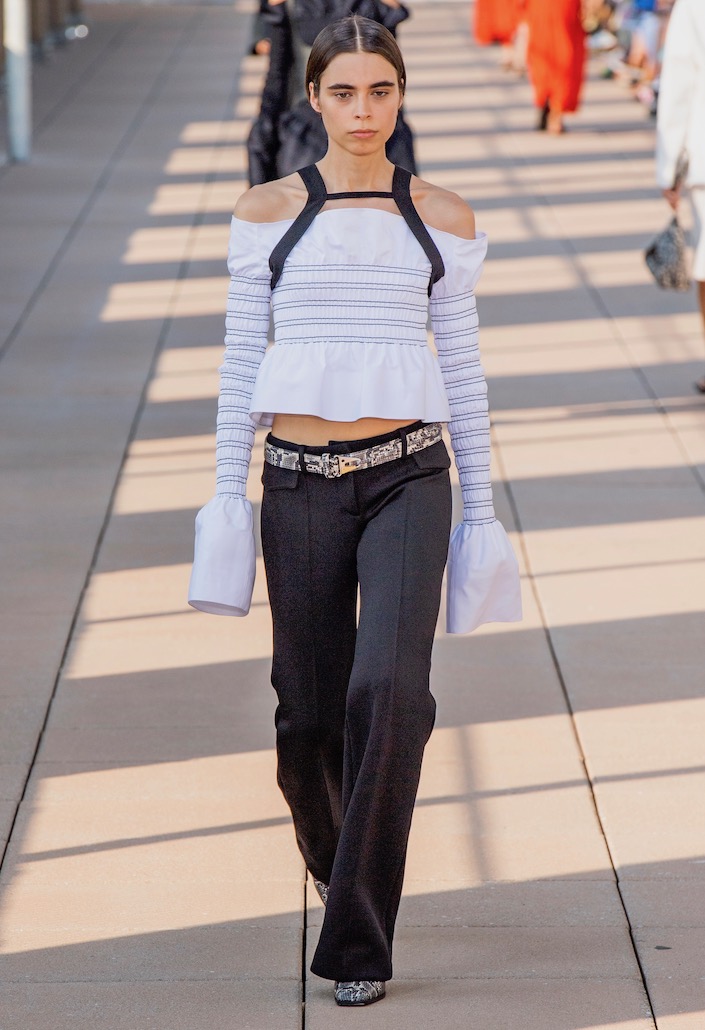
AGE
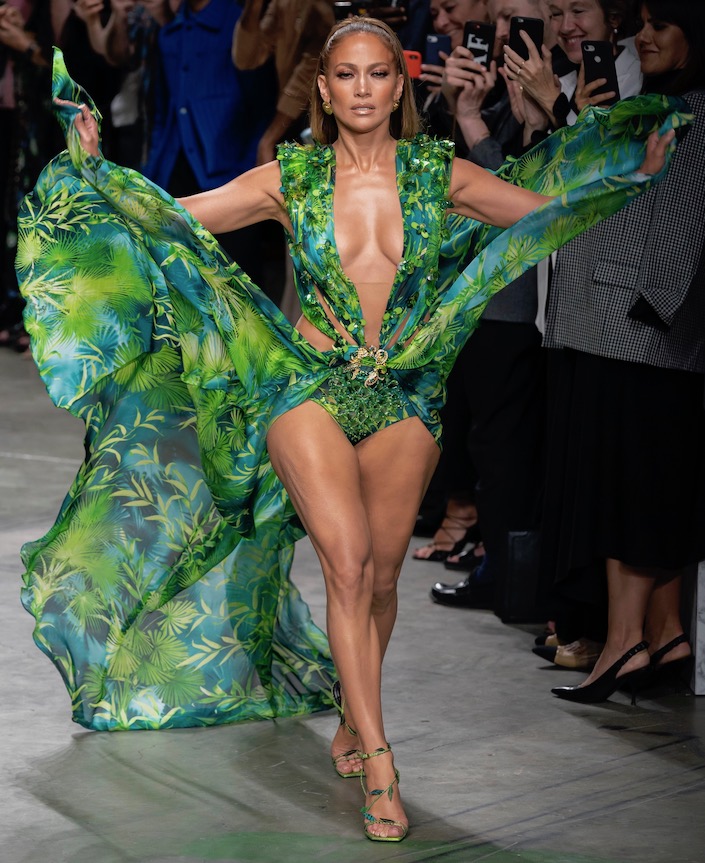
Age diversity increased yet again, although only slightly. This season saw 39 50-and-over model castings. That’s just a little over 0.5 percent of the total models cast, but at least the numbers are going up.
New York had the most aged models with 15. Paris was a close second with 14, followed by London (seven) and Milan (three). New York’s number remained stagnant compared to Fall 2019, while there were slight increases in London and Paris. But Milan’s Fall 2019 number was slashed by 50 percent this season.
One of the highlights was Jennifer Lopez closing the Versace Spring 2020 show in a green dress that recalled her famous one from the 2000 Grammy Awards. The singer’s ageless beauty makes many forget that she turned 50 in July, making her fit this category. J.Lo was also the only 50-and-over Latina model in all of fashion month — and the only aged model of color in Milan. In fact, older model castings were predominantly white. Black model Amalia Vairelli was the only older model of color in Paris and London was all white. As suspected, New York had the most diversity with 4 of the 15 older model castings being models of color (26.7 percent). Black and 50-plus model Veronica Webb walked in two shows (Nicole Miller and Tommy x Zendaya). Furthermore, Emme and Mia Michaels walking in Chromat increased visibility for over-50 plus-size models.
While there may be a lack of racial diversity, one positive note is that castings didn’t go to just one or two 50-and-up models. The vast majority walked in one show per city and the models were scattered across various shows, save for Paris. Four older models at Marine Serre and seven at Balenciaga made up the majority of the city’s 14.
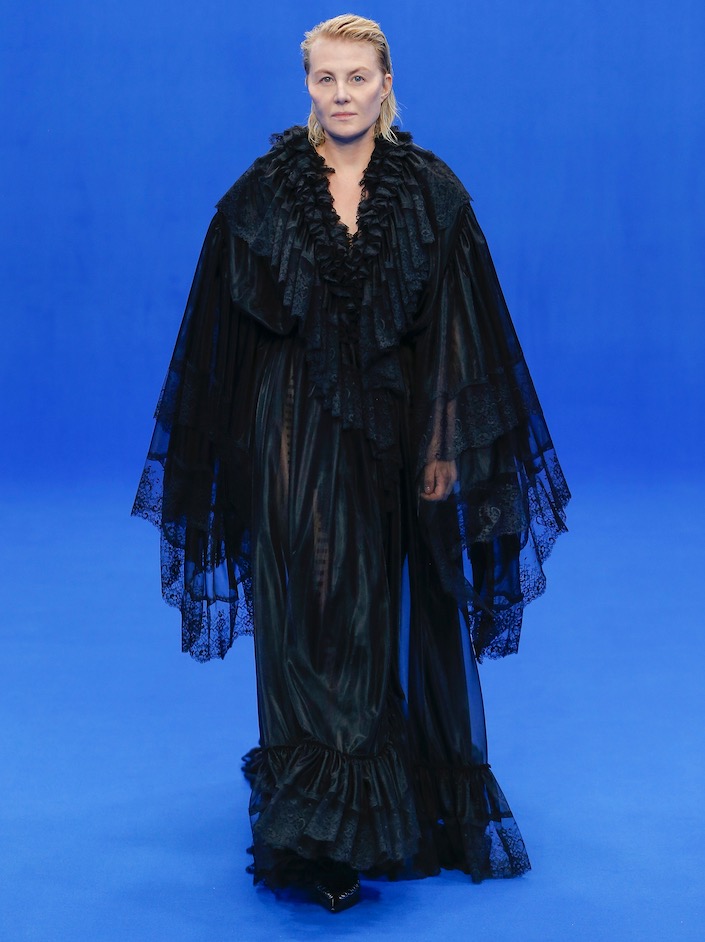
MOST AND LEAST DIVERSE SHOWS
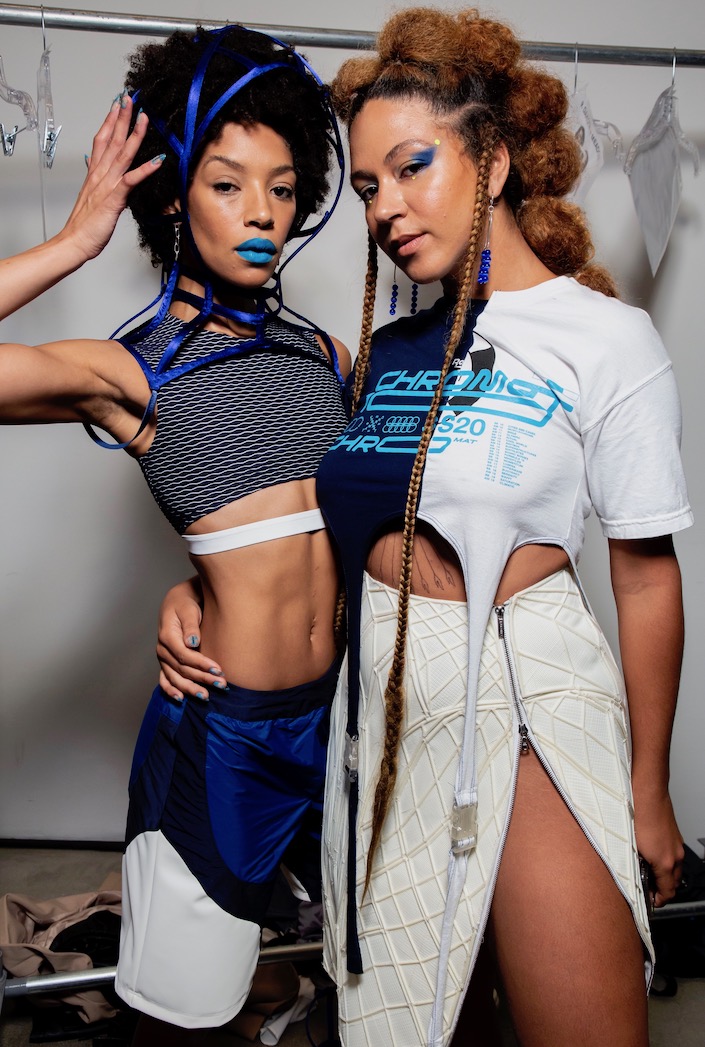
Out of the 215 fashion shows we analyzed, there were several shows that were a cut above when it came to casting models of color. The greatest number of diverse shows were, unsurprisingly, in New York with seven shows in the highest rankings. The top 10 shows in terms of racial diversity in descending order are: Pyer Moss (100 percent models of color), Tommy x Zendaya (87.3 percent models of color), Gypsy Sport (82.4 percent models of color), Halpern (77.4 percent models of color), Chromat (77.1 percent models of color), Matthew Adams Dolan (72.2 percent models of color), Gabriela Hearst (71.4 percent models of color), Prabal Gurung (70.8 percent models of color), Leonard Paris (69.2 percent models of color) and Mugler (67.7 percent models of color).
No show from Milan made the list. Its most racially-inclusive show was from up-and-coming designer Gabriele Colangelo and it missed the list by a few points with 63.6 percent models of color.
On the flip side, the lowest scoring shows include Elisabetta Franchi (6.1 percent models of color), Anrealage (6.7 percent models of color), Blumarine (9.7 percent models of color), Son Jung Wan (12.5 percent models of color) and Vivienne Hu (13.3 percent models of color). (Elisabetta Franchi, Blumarine, Son Jung Wan and Vivienne Hu scored low in Fall 2019, too.)
For the past three reports, Daniela Gregis had a zero racial diversity score so it’s important to point out that it was not included in our Spring 2020 data.
Chromat wins again for being the most size-inclusive with 18 non-straight-size models and one pregnant model out of 48. Plus, two of the curve models were over 50. The show also featured seven models that identify as transgender/non-binary. Christian Siriano ranked high with size inclusivity with 11 plus-size models out of 42 and one aged model. Tommy x Zendaya featured 12 curve models along with two aged models. As mentioned previously, Gypsy Sport was the most gender-inclusive with seven transgender/non-binary models and one drag queen out of 17.
Europe has mostly been left out of the discussion of the most plus-size and transgender/non-binary models, but in Paris Balenciaga flew the flag for 50-and-up models with a cast of 7 out of 49. But the show lacked racial diversity with a mere 22.4 percent models of color. In London, Simone Rocha could have improved its racial diversity (35.6 percent models of color), but it featured two out of the three plus-size models cast in London. Furthermore, it had two aged models out of the city’s seven.
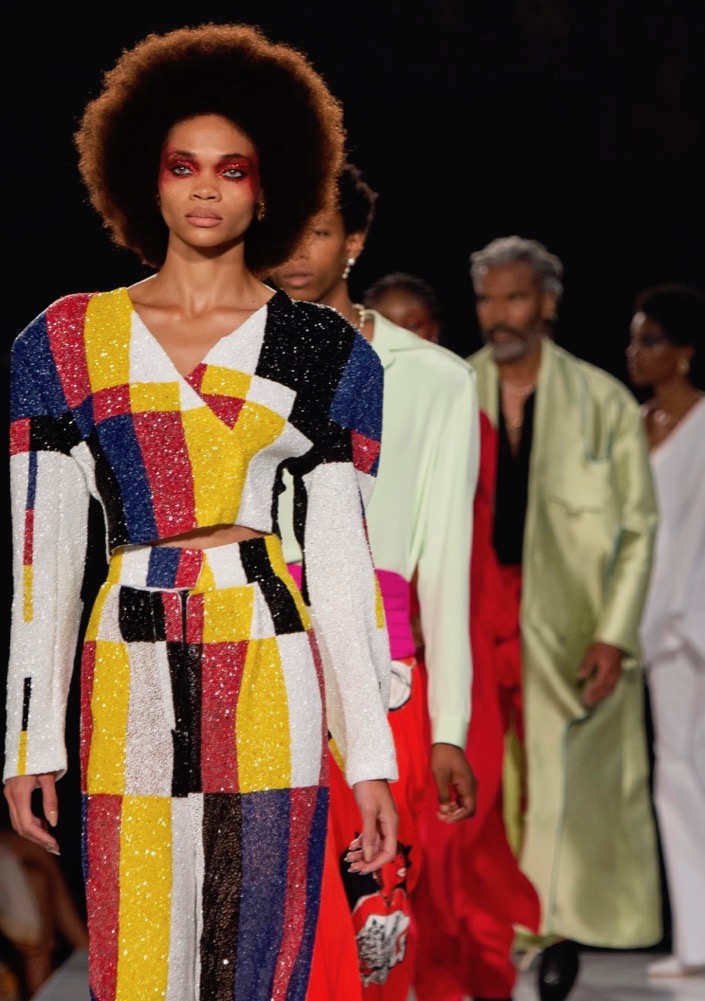
In summary, the runways have a long way to go before they can be called truly inclusive. And European capitals have a lot of catching up to do just to be on par with New York. Still, slow and steady progress has been made in the race, plus-size and aged categories. And we’re seeing variety and intersectionality as well.
One concern is the number of transgender/non-binary models. In Spring 2019, there were 91 model appearances so it’s shocking to see that number drop to 46 for Spring 2020. While it’s great to see more diversity across all shows as opposed to one very inclusive presentation, it could still lead to representation issues if only a handful of models are being cast to fulfill some diversity quotient.
Additional reporting by Mark E.
Only women and non-binary models are included in this data. Models of color are categorized as those who are nonwhite or of mixed backgrounds. Fall 2019 collections that showed during the Spring 2020 season are included in this report.
